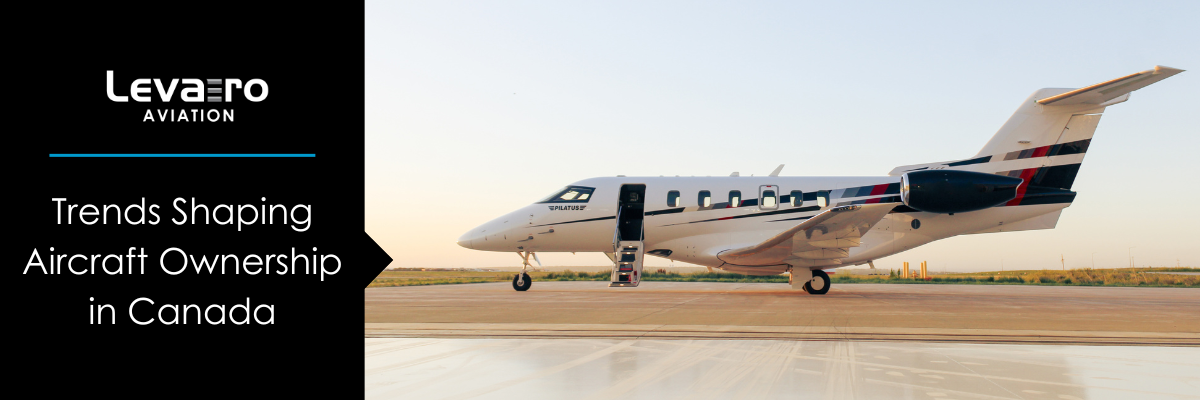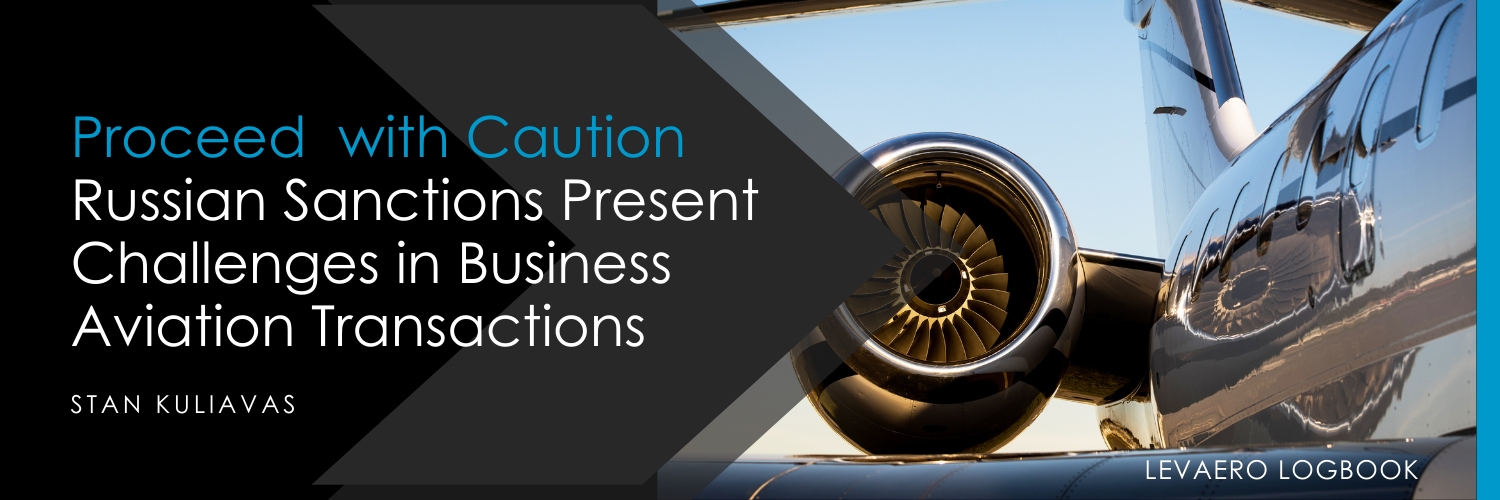Written by Stan Kuliavas
As aviation experts, Levaero considers drone technology something the industry still has a lot to learn about, we need to be experts in unmanned aircraft systems. Drones are currently extremely controversial in the aviation community and for valid reasons, notwithstanding a number of safety issues that have arisen.
But drones are also driving innovation and constructive disruption to the aviation community in ways that should be celebrated. Drone technology can in fact be leveraged for good, and then there is the cool factor that so many of us avgeeks go crazy for.
Take search and rescue, for instance. After Hurricane Michael, drones provided useful assistance to pilots in rescue missions, insurers in processing claims and assisted government in assessing overall damage.
In Palm Beach County, a drone unit helped the Sheriff’s Office K9 unit sort through the damage to find survivors. Drones also assisted news outlets in producing some incredible news packages to document the aftermath of Michael, like this feature on CNN, that wouldn’t have been possible to capture in such conditions unsafe for man.
Insurer State Farm deployed an army of drones to photograph and assess the damage and assist in a faster claims process for people with homes that suffered the wrath of Hurricane Michael, which we’re sure residents both appreciated and are relying on for a returned sense of normalcy.
Airborne Response is a Miami-based drone air force and disaster response team for complex emergencies and disaster relief. On preparing for Hurricane Michael, the company President Christopher Todd said, “We were specifically created to help government and industry respond to emergencies and major disasters by providing cost effective, high-resolution aerial imagery captured by unmanned aircraft systems.”
Additionally, a recent study by DJI, a Chinese drone technology company, the European Emergency Number Association, and Black Channel, an ominously-named Irish research firm specializing in the application of extreme statistics, was presented and posted online, revealing that drones can currently find missing persons three minutes faster than humans can in SAR missions. Three minutes can account for a lot when a life is at stake.
As for constructive disruption, drones are also opening up a plethora of new career opportunities in aviation that we couldn’t have dreamt of just 10 years ago. There are so many ways for people to build a career in aviation that did not exist in the past.
For example, Uber and ‘flying cars’ are likely a viable reality. Electric flight is closer than ever, air-taxi services are coming back and a whole new market is blossoming in the form of passenger VTOLs. None of this is bad news for those of us who love to fly. And, environmental missions are benefitting hugely from drones, assisting engineers in reaching new heights in solar and agriculture sustainability projects.
For aviation geekery, drone racing is pretty cool and right up a recreational pilot’s alley. Drones can deliver unparalleled access into tough-access places like the Canadian Rockies, and filmmakers are going crazy for drones as new tools to play with.
Clearly, drone technology is advancing broadly and rapidly and is nowhere near a plateau. Safety will always be our prime focus, but we have to admit interest in drone innovation and creative disruption in new markets.




